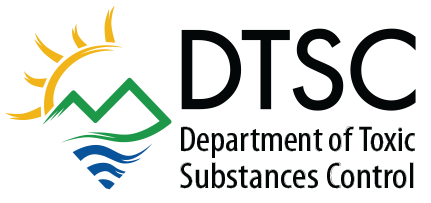Lead in Jewelry Compliance
Compliance
Testing: The testing methods for determining compliance with this law are EPA Method 3050B, EPA Method 3051A, and EPA Method 3052, as specified in EPA Test Methods for Evaluating Solid Waste, Physical/Chemical Methods, SW-846.
Please consult the full text of the law for additional information on sample preparation procedures and specific testing procedures for the following types of materials:
- Metal plated with suitable undercoats and finish coats
- Unplated metal and metal substrates that are not a class 1 material
- Polyvinyl chloride (PVC)
- Plastic or rubber that is not PVC, including acrylic, polystyrene, plastic beads, or plastic stones
- Coatings on glass and plastic pearls
- Dyes, paints, coating, varnish, printing inks, ceramic glazes, glass or crystal
- Glass and crystal used in children’s jewelry weight determinations
The law allows DTSC to adopt regulations that modify these testing protocols in the future, if necessary.
Failure to comply with this law may result in civil penalties up to $2,500 per day for each violation.
For a list of certified laboratories that can administer these tests please visit:
- California Department of Public Health’s list of certified laboratories
- California Product Safety Commission’s accepted testing laboratories
Note: Not all certified laboratories may offer these testing methods. You should verify with each laboratory before providing them with your samples.
Recent changes to California’s Metal Containing Jewelry Law
In 2011, Governor Brown signed into law Senate Bill 646 (SB 646) (Pavley, Stats. 2011, c.473). SB 646 deleted provisions specifying that a party that is a signatory to the amended consent judgment or a signatory to the consent judgment in the consolidated action entitled People v. Burlington Coat Factory Warehouse Corporation, et al. (Alameda Superior Court Lead Case No. RG04-162075) is deemed to be in compliance with California law. SB 646 also revised the definition of the term “jewelry” to include tie clips and clarified certification requirements for jewelry suppliers and/or manufacturers.
Lead in Jewelry Links
Toxics in Products Links
- Toxics in Products Home
- Cadmium in Jewelry
- Lead and Arsenic in Glass Beads
- Lead in Jewelry
- Lead in Plumbing
- Mercury Reduction in Products & Devices
- Recycling Mercury Thermostats
- Restrictions on the use of Certain Hazardous Substances (RoHS) in Electronic Devices
- Toxics in Packaging
- Toxics Reduction in Lighting
- Treated Wood Waste
Hazardous Waste Links
- Hazardous Waste Home
- Certified Appliance Recycler (CAR) Program
- CUPAs
- Defining Hazardous Waste
- Electronic Waste (E-Waste)
- Enforcement and Emergency Response Division
- Facilities (TSDFs)
- Generator Improvements Rule
- Generators
- Hazardous Waste ID Numbers
- Hazardous Waste Management Plan
- Hazardous Waste Manifests
- Hazardous Waste Tracking System
- Household Hazardous Waste
- Metal Recycling
- Metal Shredding Facilities and Wastes
- Permitting
- Toxics in Products
- Transporters
- Universal Waste
- Form 1358
- California Hazardous Waste Codes
